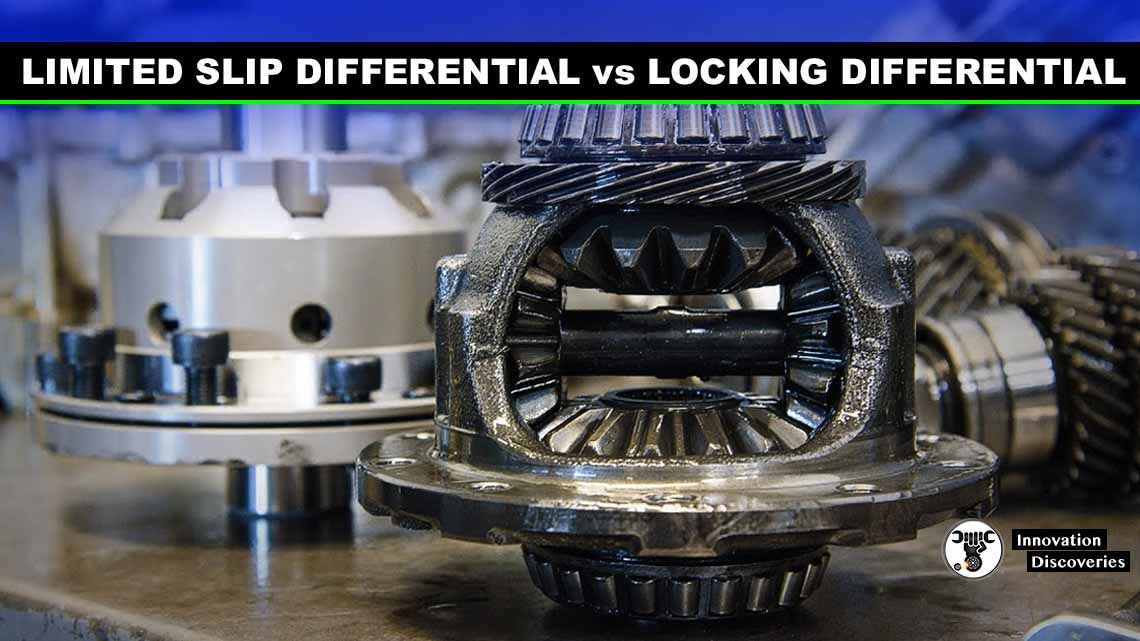
Introduction
When it comes to automotive technology, differentials play a crucial role in vehicle performance, especially in terms of handling, traction, and stability. Two common types of differentials are the Limited Slip Differential (LSD) and the Locking Differential.
Understanding their differences can help car enthusiasts and drivers make informed decisions about which is best suited for their needs.
What is a Differential?
Before diving into the specifics of LSDs and locking differentials, it’s essential to understand what a differential is. A differential is a mechanical device that splits the engine torque and allows each output to spin at a different speed.
This is particularly useful when a vehicle is turning, as the wheels on the outside of the turn need to travel a greater distance and thus must rotate faster than the wheels on the inside.
Limited Slip Differential (LSD)
How It Works
A Limited Slip Differential allows for some difference in wheel speed but also provides a mechanism to limit this difference. The primary goal of an LSD is to provide better traction than a standard (open) differential by distributing power to the wheel with the most grip.
There are several types of LSDs, including:
- Clutch-Type LSD: Uses a set of clutch plates to provide resistance to wheel spin.
- Viscous LSD: Uses a thick fluid that resists wheel speed differences.
- Helical/Torsen LSD: Uses gears instead of clutches to manage wheel speed differences.
Advantages
- Improved Traction: LSDs offer better traction compared to open differentials by sending power to the wheel with the most grip.
- Better Handling: By limiting wheel spin, LSDs improve vehicle stability and handling, especially in high-performance or sporty vehicles.
- Versatility: Suitable for a wide range of driving conditions, from daily driving to off-road and racing applications.
Disadvantages
- Complexity and Cost: LSDs are more complex and expensive than open differentials.
- Maintenance: Some types of LSDs, like the clutch-type, require regular maintenance and can wear out over time.
Locking Differential
How It Works
A Locking Differential, often referred to as a “locker,” can completely lock the two wheels on an axle together, forcing them to rotate at the same speed regardless of traction conditions. This feature is particularly beneficial in off-road or extreme low-traction situations.
There are two primary types of locking differentials:
- Manual Locking Differential: Requires driver intervention to engage and disengage the lock.
- Automatic Locking Differential: Engages automatically when wheel spin is detected and disengages when conditions normalize.
Advantages
- Maximum Traction: Locking differentials provide the highest level of traction by ensuring both wheels turn together, making them ideal for off-road and extreme conditions.
- Durability: Typically, locking differentials are very robust and designed to withstand harsh conditions.
Disadvantages
- Handling on Pavement: Locking differentials can negatively impact handling on pavement, causing tire wear and making steering more difficult.
- Complexity and Cost: They are generally more expensive and complex than open differentials and can require significant modifications to the vehicle.
- Manual Operation: For manual lockers, the driver must remember to engage and disengage the lock, which can be inconvenient.
Which One to Choose?
The choice between a Limited Slip Differential and a Locking Differential depends largely on your driving needs and conditions:
- Daily Driving and Performance: If you primarily drive on paved roads and value improved handling and traction, an LSD is likely the better choice. It offers a balance between performance and usability without significant drawbacks in everyday driving conditions.
- Off-Road and Extreme Conditions: For those who frequently drive in off-road environments or in extreme low-traction situations, a locking differential provides superior traction and durability. It is the preferred choice for off-road enthusiasts, rock crawlers, and heavy-duty applications.
Conclusion
Understanding the differences between Limited Slip Differentials and Locking Differentials is crucial for making an informed decision about which is best for your vehicle. LSDs offer improved traction and handling for a variety of driving conditions, making them suitable for both daily driving and performance applications.
In contrast, locking differentials provide maximum traction for off-road and extreme conditions but can compromise handling on paved surfaces. By considering your driving habits and needs, you can choose the differential that best enhances your vehicle’s performance and safety.
Discover More:
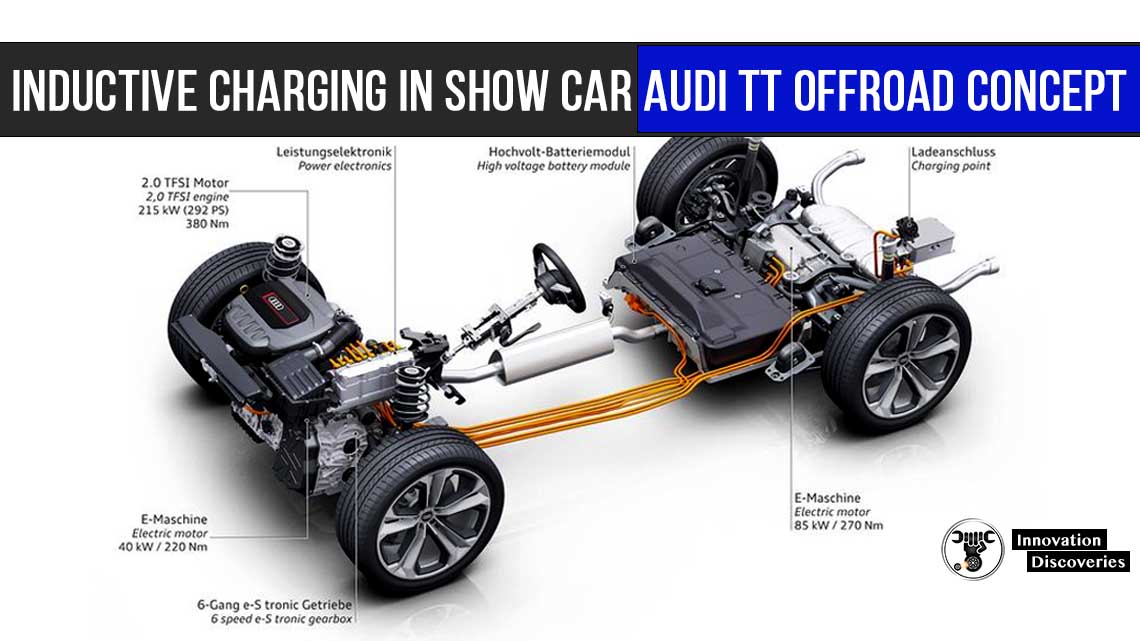
Visit Forum
Visit Our Friendly Website


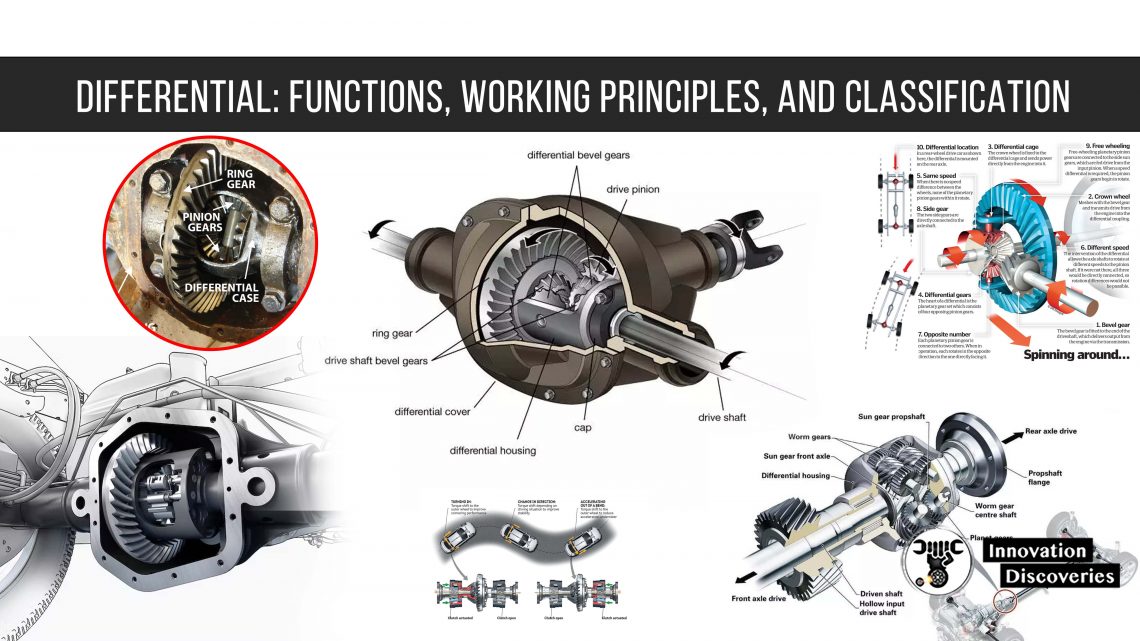
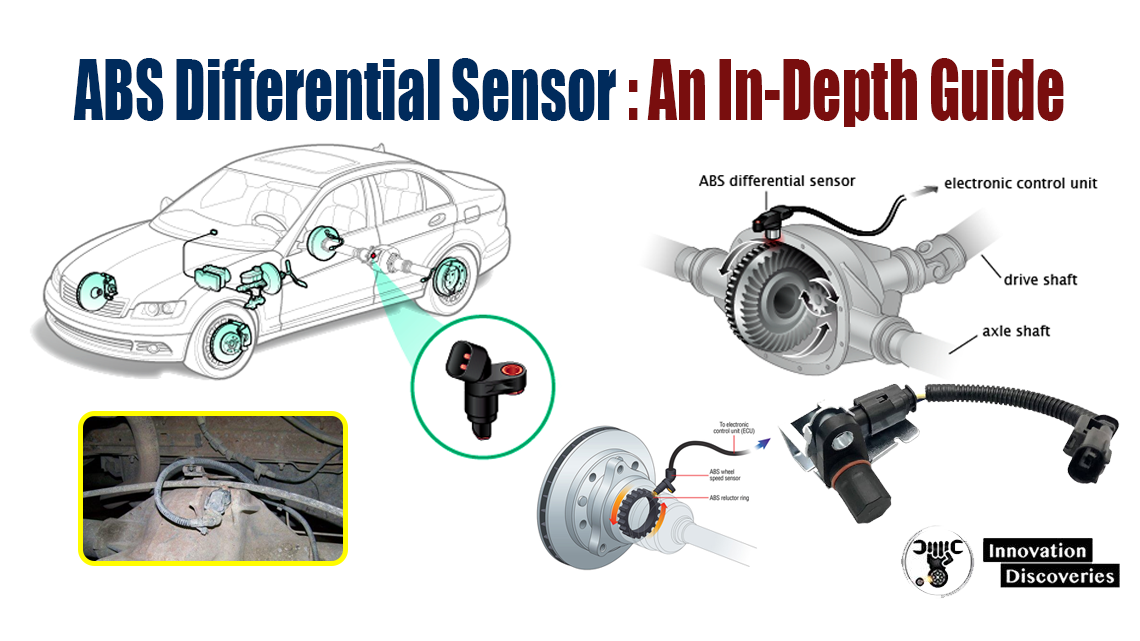
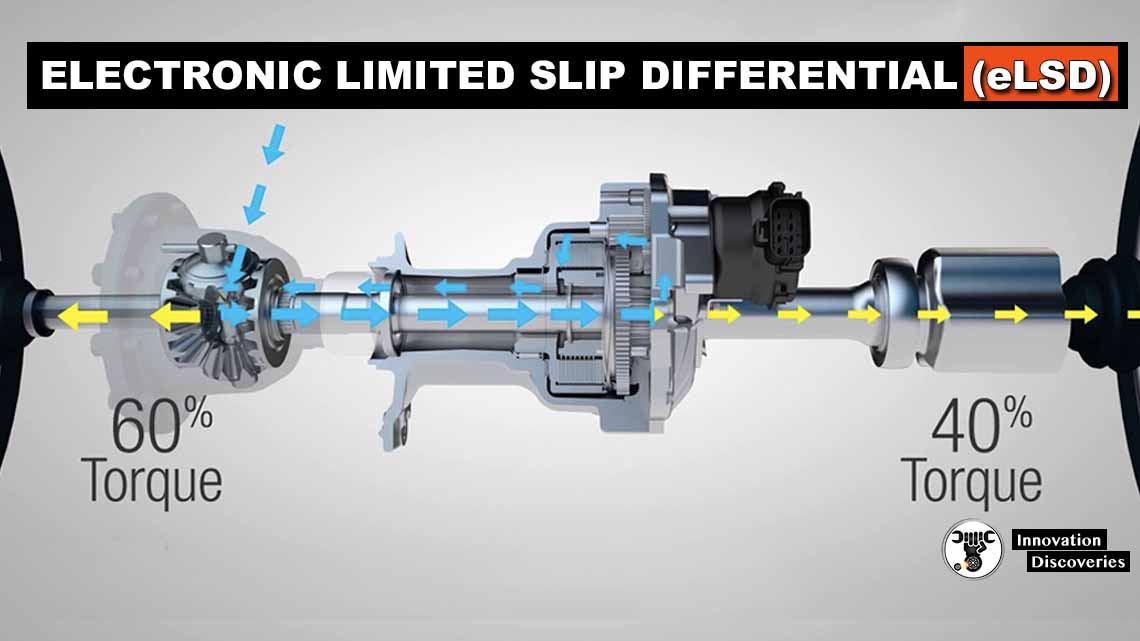
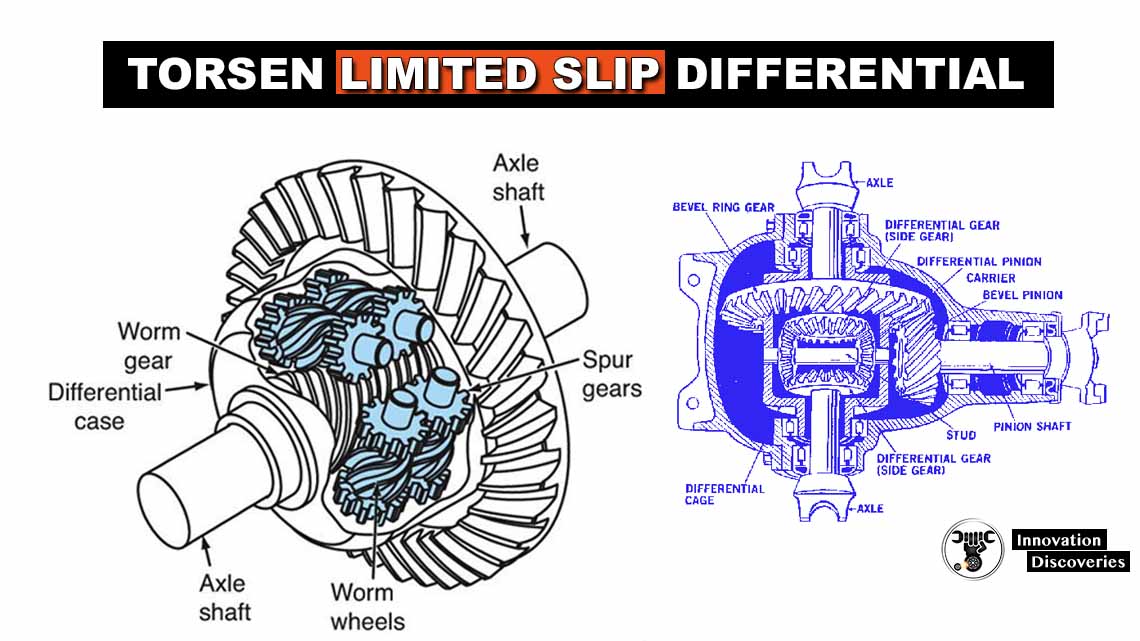
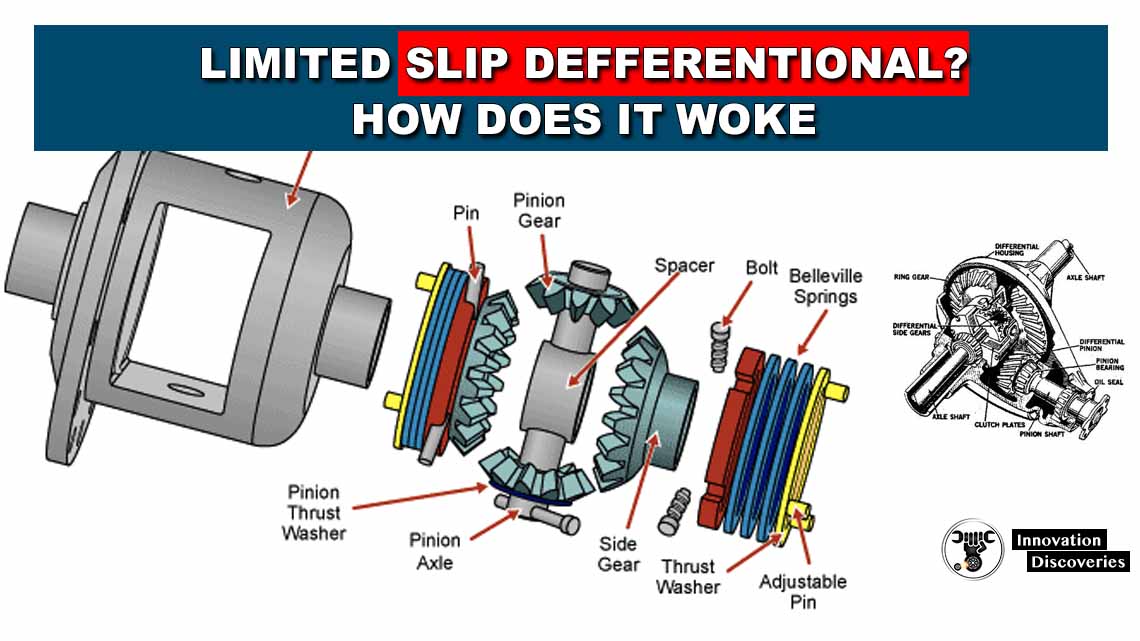
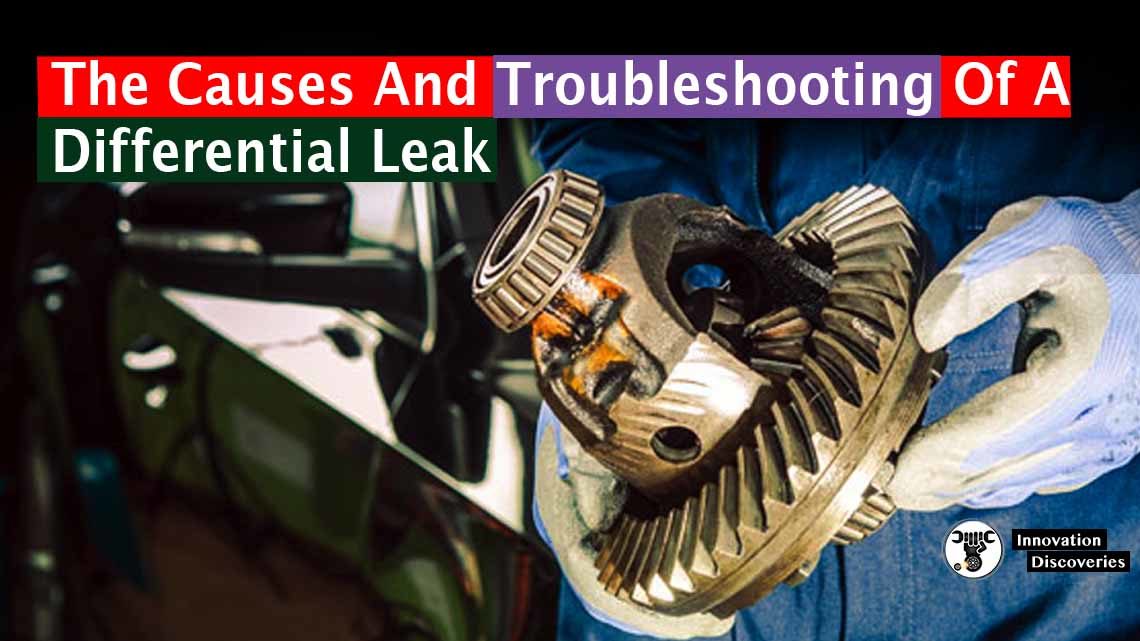
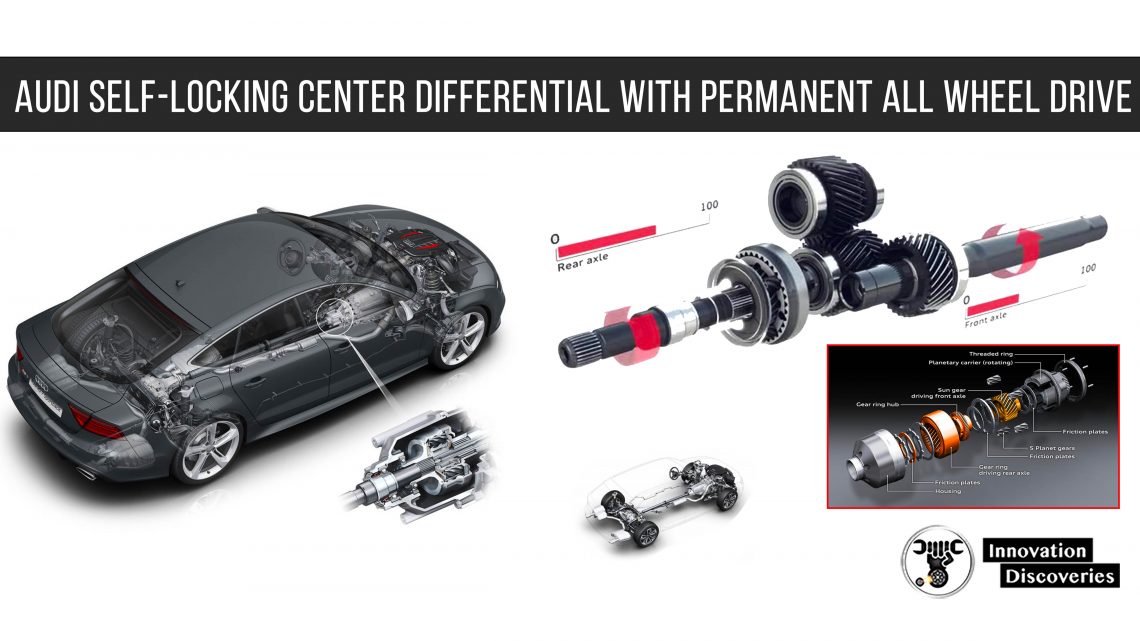
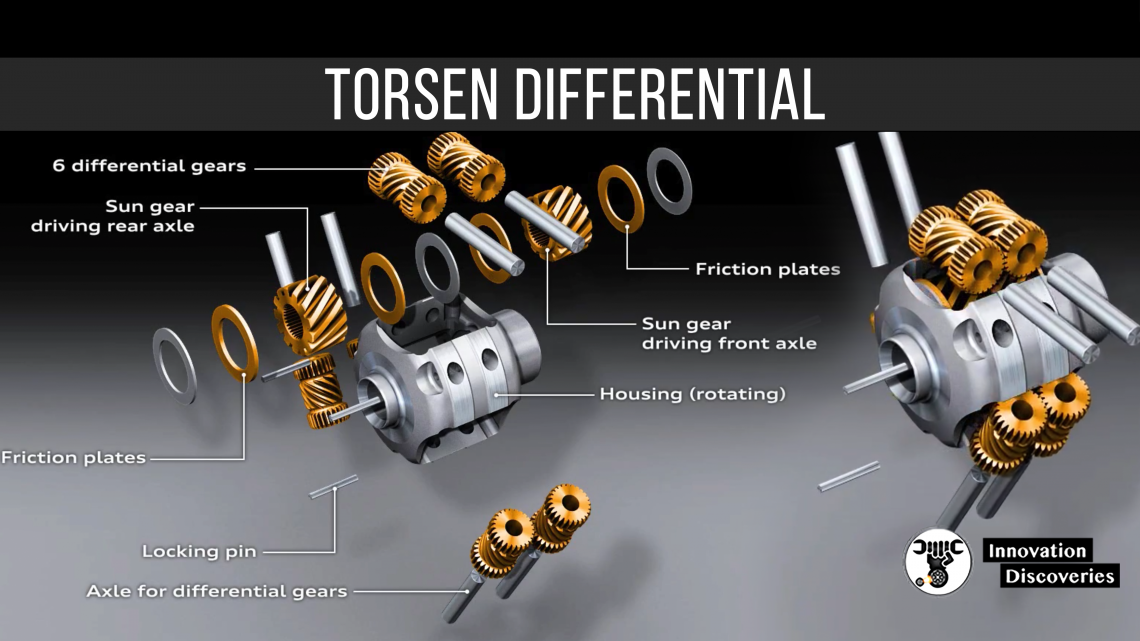
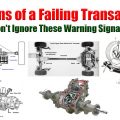

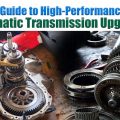
One Comment